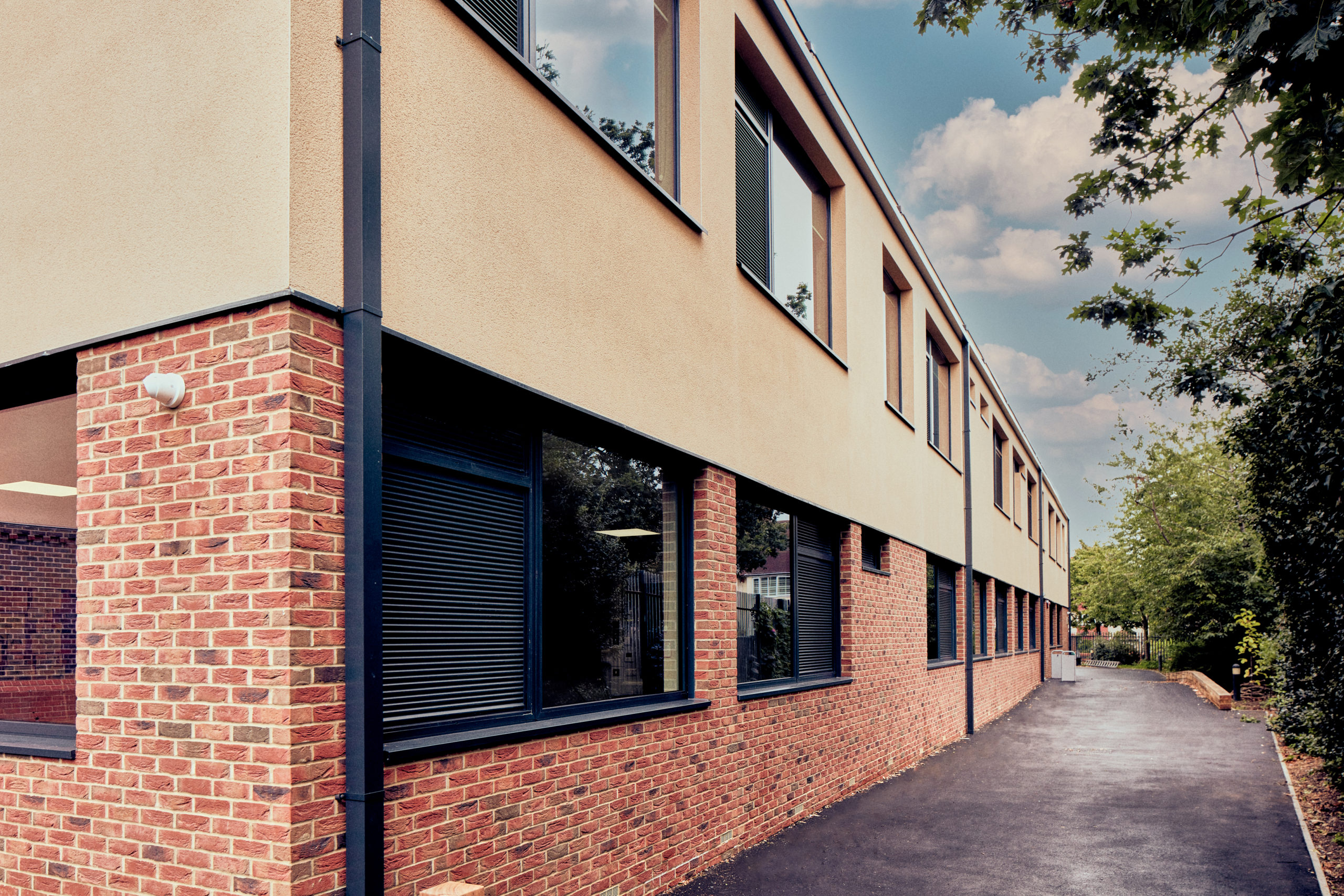The education sector in the UK is largely underfunded and overcrowded. For example, English secondary schools are facing the crunch with the largest class sizes in 20+ years.
Educational institutions of all kinds are dealing with similar problems, this means expanding facilities and space for students are the top priorities for many educational institutions – ranging from primary and secondary schools to colleges and universities.
Modular construction offers a cost effective solution for the education sector
Given that budgets are tight and constructing new spaces is incredibly expensive, the answer for many lies in modular construction solutions. At Thurston, we have worked on many education projects over the years and have perfected our turnkey solution for this sector.
Before we look at a few case studies, let’s go into the benefits of modular construction for the education sector.
Benefits of modular construction for education
Given that these institutions are already overcrowded and under pressure, the last thing they often need is a long-running construction project on site. And that’s probably one of the biggest benefits of cost effective modular construction for education.
As with all of our modular construction solutions, 9% of the build is completed in our factories off site. Then it’s delivered and installed pretty much ready to go – this massively cuts down the disruption on site, which is extremely important in this sector. This often means that modular construction projects can be completed even in term-time if necessary.
Highest quality designs with minimal disruption
Our quality control is extremely strict, which means that absolutely no part of the modular construction project leaves our factory until it’s 100% checked and ready. Throughout the entire process, we keep this level of scrutiny and regulation. For example, during design we utilise the RIBA Design for Manufacturing and Assembly (DfMA) to guide the whole process through to completion.
By ensuring the highest standards throughout, we can ensure that ongoing costs are kept as low as possible. Ongoing maintenance will not cost the educational establishment in the future, and our process also helps to cut down waste and boost sustainability.
Because nothing leaves our factory without being fully tested and signed off, there is far less likelihood of problems at a later stage. This means providing durable buildings that are guaranteed to last for at least 60 years. It also means fewer ongoing maintenance issues due to its solid quality when it was designed and built.
Flexible design solutions for changing needs
Another key benefit to the educational establishment is the flexibility of modular construction. Our portable buildings can be modified, designed and adapted to exactly fit the needs of each client. Furthermore, modules can be added or removed to meet changing demand, with very little stress to the client.
Given that educational numbers are often difficult to predict, this offers the kind of flexible solution that is particularly beneficial for this sector. Bespoke design means we can adapt the modular building to the client’s needs and we can match with existing buildings.
Modular buildings for the education sector are a cost-effective and fully flexible solution for changing times. The most important aim of educational institutions is to provide the best possible services for every pupil or student, and modular construction is a key part of this.
Schools and educational institutions that are looking to grow also benefit from the flexible use cases offered by modular construction. Buildings can serve multiple purposes, from classrooms to storage spaces and from gyms to lecture halls. We also provide living spaces and student accommodation for universities.
THURSTON CASE STUDIES ACROSS EDUCATION SECTOR
Aberystwyth University – Student accommodation
The university needed more accommodation. We worked with Campus Living to install a bespoke design three storey student accommodation building using modular construction.
The facility was designed to the individual requirements of the university and ended up with 60 modern bedrooms for new students, all fully furnished. We worked to tight deadlines in order to minimise disruption to students.
ST CECILIA’S CofE School – modular classroom
This project was on behalf of Kier Construction and formed part of the SCAPE Better Building School initiative. We designed and built a brand new modular classroom block over two storeys that matched the existing buildings at the school. Volumetric Modular was selected in order to minimise risk on site and achieve the delivery programme that was needed. Thurston’s precision manufacturing offsite meant that the final building was delivered with minimal disruption on school site and local area.
The delivery consisted of a two-storey modular classroom block, three ICT suites, a fully equipped laboratory and seven classrooms.
Askham Bryan College – Student accommodation
We delivered three modular buildings (each with three storeys) for the growing demand at the university for student accommodation. Final delivery was for 189 individual student rooms with en-suite facilities complete with lounge areas and kitchenettes.
The project also includes nine rooms specifically for students with disabilties and a warden room. Each of the three blocks has a pitched roof over a steel pod design – this has the added benefit of every room being virtually sound proofed. The design reduces lighting and heating costs, meets all the necessary specifications and achieved a BREEAM rating of ‘very good’.

